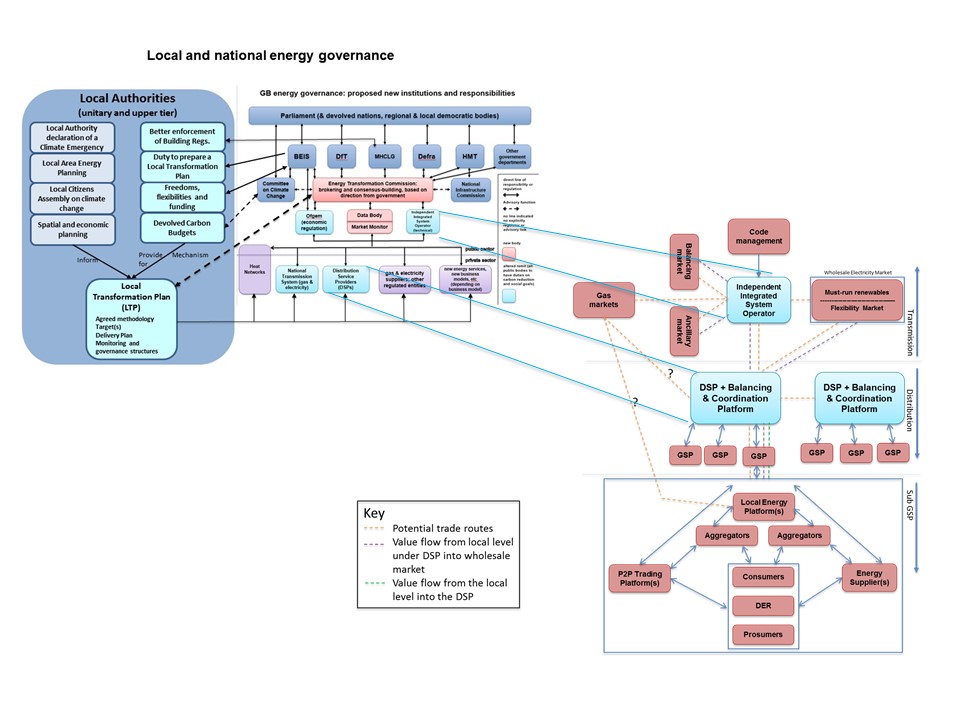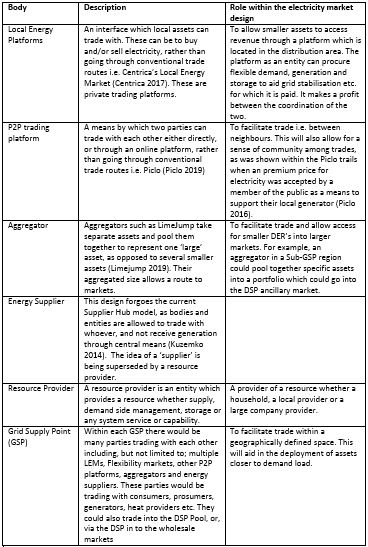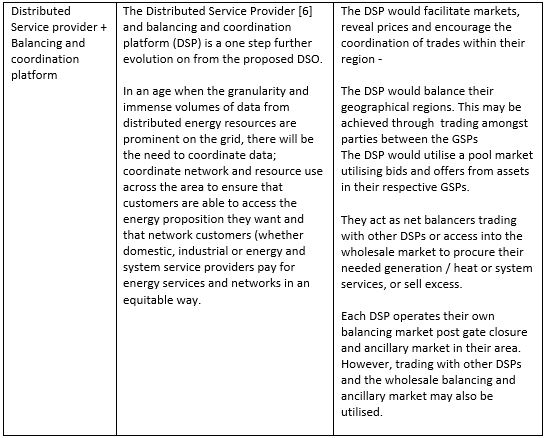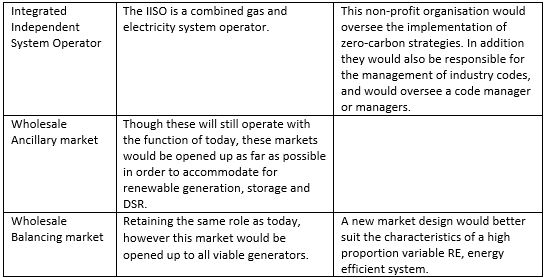Blog 3: Market Design Issues for a smart, flexible, sustainable and secure energy system: The institutional glue to link markets and networks
By Thomas Pownall
24th July 2019*
A fit for purpose inter-related set of market designs (i.e. for electricity, heat etc.) are only one key dimension of a successful energy system transformation. These markets are not sufficient by themselves. If we are to achieve our decarbonisation targets, we (i.e. the UK) need a suitable institutional framework governing the energy system, of which market design issues are just one part. IGov has set out this framework here and in Figure 1 below, and this series of blogs are intended to illuminate how market design fits into the overall whole system structure.

Figure 1 IGov Proposed GB Energy Governance Framework
At root, market design and network operation have to work seamlessly together in as cost-effective way as possible. Markets have to be able to reveal the value of different services, in order to help networks operate most cost-effectively.
In 1990 with electricity privatisation, and then 2001 with NETA, (the last big market design shake-up) markets rules and incentives were socially constructed to reflect a top down, supply via transmission and distribution networks from centralised, large-scale power plants.
As decarbonisation across sectors continues, the distribution level is becoming more important with the advent of electric vehicles (and their potential for flexibility services), local heat networks, smart meters, P2P, DSR, storage, permanent demand reduction, and so on. A flexible two-way electricity flow has become more valuable. It is important that the cost and value of all these functions or resources are revealed so that the area under the Grid Supply Point (GSP) can be operated most efficiently for both least cost and for decarbonisation. Equity has to be dealt with in parallel so that, in effect, there is no trade-off.
This needs a new institutional mind-set and a new role for the distribution entity. Hitherto, the link between markets and networks has been at the national level. Transmission lines and the wholesale market work together. However, as so many economic resources are now at the distribution level, we find ourselves with an institutional market and network gap. We have argued that the institutions, listed below, need to alter their roles in order that the institutional distribution gap can be filled and the system transformation can occur at least cost.
At the distribution level, this institutional is the transformation of the DNO into a Distribution Service Provider (DSP).
This DSP is the market facilitator and balancer and coordinator for resources located under the GSP. It is the DSP which reveals local value of different resources, and enables competition both at that local level (between sectors) but also between local and national markets. It also allows more choice for those who wish to work within the distribution (or very local) level only. It is vital that there is this new entity. If the DNO only transfers slightly to a DSO then this would be a missed opportunity for the network operators in facilitating many system improvements at least cost to customers, but would also ignore local service value (whether EV storage value, heat or energy efficiency value – essentially not filling the institutional distribution gap needed to link the system transformation between markets and networks. See here and here for more detail.
The electricity market design needs to enable the most efficient use of the system (i.e. get over those problems described in blog 2) through new system operations made possible by technological developments such as storage; as well as for business models which allow new ownership and investment i.e. P2P, community owned or local platforms.
This means that the electricity market design – currently a number of combined markets at the wholesale level – have to be expanded to the distribution level, and their design features altered to suit the new technologies, operation, costs, and available services and desired customer propositions which exist in the distribution level. This market design, along with an appropriate output based regulatory mechanism, should ensure that the DSP is the market enabler, balancer and coordinator of local areas, currently absent from regulation and markets.
The role of these bodies within the electricity market design
The proposed electricity market design is formed of the existing actors, to include the evolution of their current roles as well as the introduction of new entities. Therefore, below describes these bodies as well as their role within the electricity market design. Blog 4 sets out how these actors and institutions come together to link markets and networks.



Other blogs in this series
References
[1] Centrica, 2017. Cornwall Local Energy Market | Centrica plc [online]. Available from: https://www.centrica.com/innovation/cornwall-local-energy-market
[2] Piclo, 2019. Piclo – Building software for a smarter energy future [online]. Available from: https://piclo.energy/
[3] Piclo, 2016. A glimpse into the future of Britain’s energy economy [online]. Available from: https://piclo.energy/publications/piclo-trial-report.pdf
[4] Limejump, 2019. Limejump, the Future of Energy including Power Purchase Agreements, the Balancing Mechanism and Firm Frequency Response and the Capacity Market [online]. Available from: https://limejump.com/
[5] Kuzemko, C., 2014. IGov | New Thinking: Governing UK Suppliers: enabling or constraining demand management? [online]. Available from: http://projects.exeter.ac.uk/igov/new-thinking-governing-uk-suppliers-enabling-or-constraining-demand-management/
[6] Mitchell, 2018. IGov | Blog 1 of Name, Form and Function of Distribution Entities [online]. Available from: http://projects.exeter.ac.uk/igov/blog-1-of-name-form-and-function-of-distribution-entities/
* Figure 1 was updated on 29th July 2019
Related Posts
« Previous Electricity Market Design 2: the ‘rules of the game’ and why they no longer work Electricity Market Design 4: Proposed design Next »







